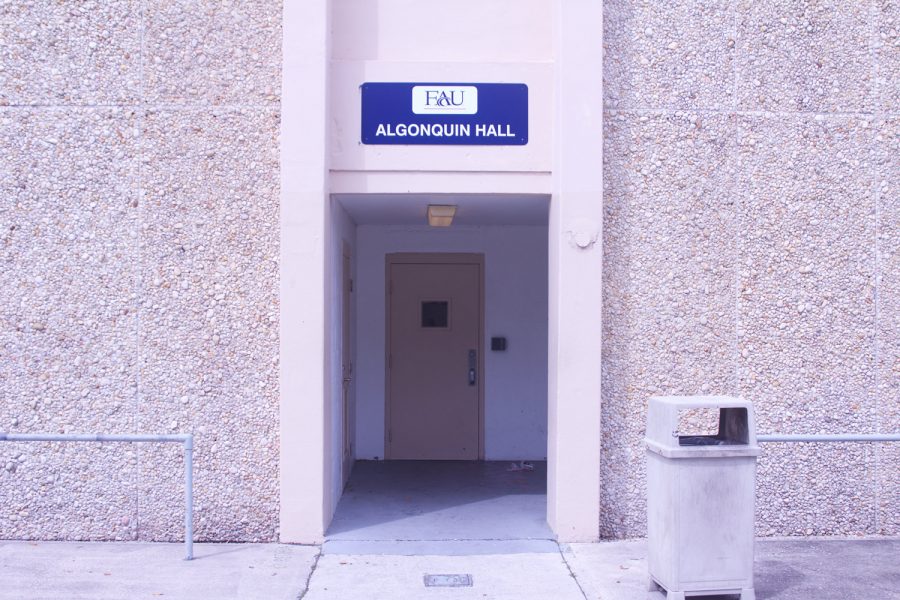The Kultur festival, a weeklong celebration of Jewish culture involving such things as marriage documents known as ketubot, a children’s play, and an orchestra displaying Klezmer music, took place last week at the Boca campus.
The main event of the week was Klezmerology, performed by the Klezmer Company Orchestra and orchestrated by Aaron Kula, the director of music collections and performances at the FAU libraries since 1997. He has also served as the music director of the University Symphony Orchestra since 2003.
“Back in history 300 years, [Klezmer] always borrowed musical traditions from whatever country the musician lived in,” Kula said.
But Kula wanted his ensemble to have its own style. “Sure, it has my influences, because I’m taking the sheet music from the library, and adding my style to it, with a bit of me, a bit of composer, and a bit of the orchestra. So think of it as a collaboration. I’m bringing back old melodies, bringing them back to life.” Kula said.
“We have Latin influences, we have jazz, we have swing, we have zydeco, we have Russian and Viennese cultures represented — it’s a real Klezmerology concert. People will really enjoy a concert of plurality … kind of like 3D for your ears.” Starting last August, Kula said it took about seven months to design, compose, coordinate and find music to put in the concert.
The music style was varied, reflecting the way that Jewish culture has changed throughout the years through interesting musical references.
Another part of the Kultur festival was the K’tubot display on the seventh of March held by Arthur Jaffe of the Jaffe Book Arts Center. A ketubah is a Jewish marriage contract that explains the promises the husband and wife should carry out for each other. Sometimes they are displayed in the home as a reminder of the couple’s love for one another.
“They’re beautiful,” Jaffe said on displaying them. “They’re all handmade, one at a time. They reference newlyweds’ interests, like farming or sailing, and some of the wording on the marriage contract would reflect that.”
The pieces also reflect the era they were made in, or the country the newlyweds lived in at the time. Jaffe mentioned that he thought the Persian, Italian and Turkish ones were the prettiest. “The style of painting and decoration was more accomplished … [the ancient Persian, Italian and Turkish] made everything decorated, they had aesthetic. I’d like to see [the ketubah tradition] continued,” said Jaffe.












